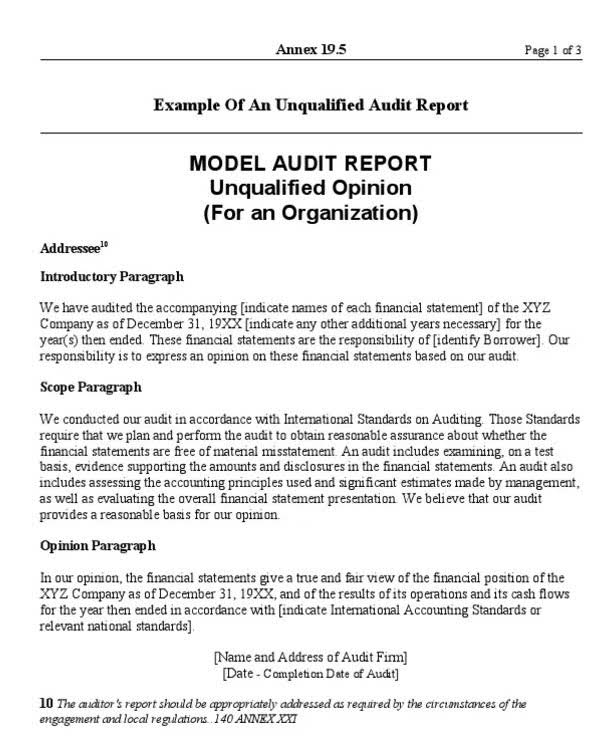
When a note receivable is considered impaired, the company must recognize an impairment loss, which reflects a decline in the anticipated cash flows from the note. Impairment may occur due to a variety of factors, such as the borrower’s deteriorating financial condition, which casts doubt on their ability to make payments. notes receivable in balance sheet The assessment of impairment is a judgment call that requires significant estimation and consideration of current economic conditions.
Example of Notes Receivable Accounting

It is not unusual for a company to have both a Notes Receivable and a Notes Payable account on their statement of financial position. Notes Payable is a liability as it records Bookkeeping for Chiropractors the value a business owes in promissory notes. Notes Receivable are an asset as they record the value that a business is owed in promissory notes.
- For instance, if a sale is net 10, you have 10 days from the time of the invoice to pay your balance.
- The note’s principal amount is the amount the debtor promises to pay back.
- This difference would be deemed as additional compensation and recorded as Compensation expense.
- Impairment may occur due to a variety of factors, such as the borrower’s deteriorating financial condition, which casts doubt on their ability to make payments.
Do you own a business?
All of our content is based on objective analysis, and the opinions are our own. The Bullock Company’s journal entries for 1 November 2019, 31 December 2019, and 31 income summary January 2020 are shown below. In this example, interest is based on the fact that the note has been outstanding for 62 days.
- The remaining principal of the note reflects the amount yet to be collected, and the note’s term, such as 10, signifies the duration until repayment.
- A written promissory note gives the holder, or bearer, the right to receive the amount outlined in the legal agreement.
- When the stated rate is not the same as the market rate, or the note is non-interest bearing, the note is recorded at either a premium or a discount.
- Taxfyle connects you to a licensed CPA or EA who can take time-consuming bookkeeping work off your hands.
- A closely related topic is that of accounts receivable vs. accounts payable.
Accounts Receivable on the Balance Sheet

The total discount $480 amortized in the schedule is equal to the difference between the face value of the note of $10,000 and the present value of the note principal and interest of $9,250. The amortized discount is added to the note’s carrying value each year, thereby increasing its carrying amount until it reaches its maturity value of $10,000. As a result, the carrying amount at the end of each period is always equal to the present value of the note’s remaining cash flows discounted at the 12% market rate.
- Notes receivable can arise due to loans, advances to employees, or from higher-risk customers who need to extend the payment period of an outstanding account receivable.
- The ability to raise cash in this way is important to small and medium-sized businesses, which may have limited access to finance.
- The placement of notes receivable on the balance sheet provides insight into the timing of future cash inflows, which is valuable information for investors and creditors.
- Square has recently gotten into lending money to its customers through its Square Capital program.
- Note that the interest component decreases for each of the scenarios even though the total cash repaid is $5,000 in each case.
- Many business calculators require the use of a +/- sign for one value and no sign (or a positive value) for the other to calculate imputed interest rates correctly.

Let’s say a company lends $10,000 to a customer on January 1, 2023, and the customer signs a promissory note agreeing to repay the loan plus interest at a predetermined rate of 8% per year. The terms of the note specify that the loan must be repaid in full within one year. A note payable is the counterpart to a note receivable, with the maker of the note being the debtor who is obligated to pay the note. The principal balance of the note receivable is the principal of the note reported on the balance sheet date. A note receivable of $300,000, due in the next 3 months, with payments of $100,000 at the end of each month, and an interest rate of 10%, is recorded for Company A.

